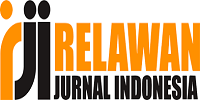Mekanisme Pengambilan Keputusan Kepala Madrasah Tsanawiyah Nurul Huda Desa Nusantara Jaya Kecamatan Keritang Kabupaten Indragiri Hilir Provinsi Riau
DOI:
https://doi.org/10.46963/asatiza.v3i3.848Keywords:
Mechanism, Principal, Decision MakingAbstract
Decision making is essentially a process of choosing one method or course of action from various alternatives to achieve the desired result. Important elements in the decision-making process, namely decision-making must be based on existing facts, based on management's objective considerations and assessment of the situation, based on experience and general views. This study aims to determine the decision-making mechanism of the head of Madrasah Tsanawiyah Nurul Huda Kilo Meter 5 Desa Nusantara Jaya, supporting and inhibiting factors, as well as efforts to overcome obstacles that hinder decision making. The method used in this study is qualitative with a descriptive-analytical approach, while the data collection techniques used are observation, interviews, and documentation studies.
Downloads
References
Al-Barry, M. D. (2003). Kamus Induk Istilah Ilmiah. Surabaya: Target Press.
Al-Barry, M. D. (2003). Kamus Induk Istilah Ilmiah Seri Intelektual. Surabaya: Target Press.
Anggito, A., & dkk. (2018). Metodolegi Penelitian Kualitatif. Jawa Barat: CV. Jejak.
Annas, A. (2017). Interaksi Pengambilan Keputusan dan Evaluasi Kebijakan. Jakarta: Celebes Media Perkasa.
Anzizhan, S. (2010). Sistem Pengambilan Keputusan Pendidikan. Jakarta: Grasindo.
Baqi’, M. F. (1364H). Mu’jam Mufahras li Alfadz Al-Qur’an. Mesir: Dar Al-Kutub Al-Misriyah.
Darmadi. (2018). Manajemen Sumber Daya Manusia Kekepalasekolahan; Melejitkan Produktivitas kerja kepala sekolah dan faktor-faktor yang mempengaruhi. Yogyakarta: Penerbit DeepublisH.
Foster, B., & dkk. (2018). Dasar-Dasar manajemen. Yogyakarta: Dianda Kreatif.
Herjanto, E. (t.t). Sains Manajemen; Analisis Kuantitatif Untuk Pengambilan Keputusan. Bandung: Penerbit Grasindo.
Huda, P. M. (2019-2020). Profil Madrasah Tsanawiyah Nurul Huda Kilo Meter 5 Nusantara Jaya tahun 2019-2020. -: -.
I Made Marthana Yusa, S. S. (2016). Sinergi Sains, Teknologi dan Seni; Dalam Proses Berkarya kreatif di Dunia Teknologi Informasi. (Denpasar: Stimik Stikom Indonesia.
Murniati. (2008). Manajemen Stratejik: Peran Kepala Sekolah Pemberdayaan Sumber Daya Sekolah. Jakarta: Grasindo.
Nurjannah. (2013). Kemampuan Membaca Al-Qur’an melalui Ilmu Tajwid Siswa Madrasah Tsanawiyah Nuruh Huda KM. 5 Desa Nusantara Jaya Kecamatan Keritang, Skripsi Pendidikan Agama Islam. Tembilahan: STAI Auliaurrasyidin.
Rukin. (2019). Metodologi Penelitian Kualitatif. Sulawesi Selatan: Yayasan Ahmar Cendikia Indonesia.
Salusu, J. (2015). Pengambilan Keputusan Stratejik; untuk Organisasi Publik dan Organisasi non Profit. Jakarta: Penerbit Grasindo.
Sari, F. (2018). Metode dalam Pengambilan Keputusan. Yogyakarta: Penerbit Deepublish.
Sarinah, & dkk. (2017). Pengantar Manajemen. Yogyakarta: Penerbit Deepublish.
shihab, M. Q. (2011). Tafsir al-Mishbah. (Jakarta: Lentera Hati.
Taufiq, I. (2016). Al-Qur’an Bukan Kitab Teror; Membangun Perdamaian Berbasis al-Qur’an,. Yogyakarta: Penerbit Bentang.
Tolchah, M. (2015). Dinamika Pendidikan Islam Pasca Orde Baru. Yogyakarta: Lkis Pelangi Aksara.
Umar, H. (2000). Business An Introduction. Jakarta: Gramedia Pustaka Utama.
Downloads
Published
Issue
Section
License
Copyright (c) 2022 Asmariani Asmariani, Moh. Sain, Nona Kumalasari

This work is licensed under a Creative Commons Attribution-ShareAlike 4.0 International License.
Authors who publish with this journal agree to the following terms:
1. Copyright on any article is retained by the author(s).
2. The author grants the journal, right of first publication with the work simultaneously licensed under a Creative Commons Attribution shareAlike 4.0 International License that allows others to share the work with an acknowledgment of the work’s authorship and initial publication in this journal.
3. Authors are able to enter into separate, additional contractual arrangements for the non-exclusive distribution of the journal’s published version of the work (e.g., post it to an institutional repository or publish it in a book), with an acknowledgment of its initial publication in this journal.
4. Authors are permitted and encouraged to post their work online (e.g., in institutional repositories or on their website) prior to and during the submission process, as it can lead to productive exchanges, as well as earlier and greater citation of published work.
5. The article and any associated published material is distributed under the Creative Commons Attribution-ShareAlike 4.0 International License

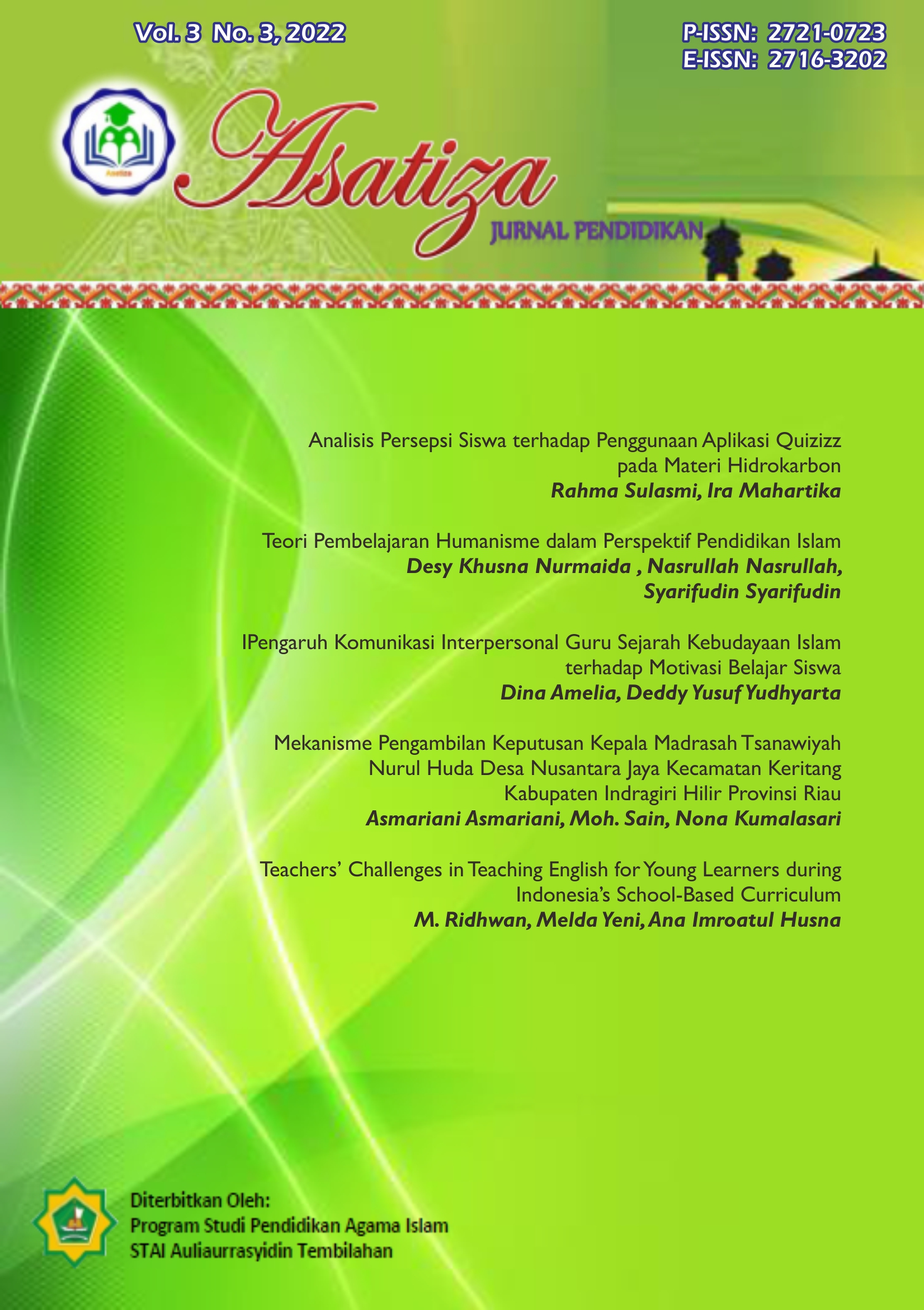




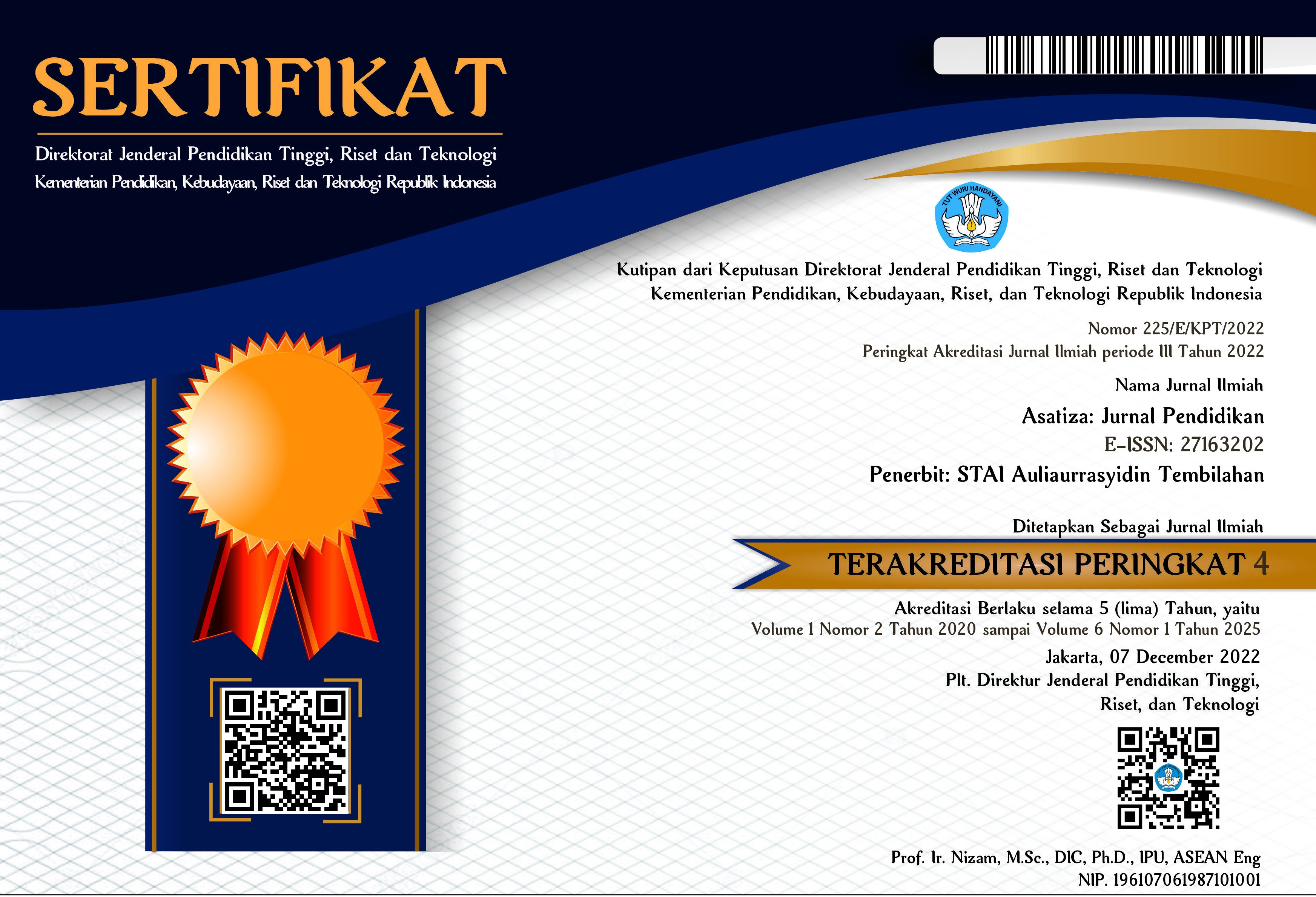


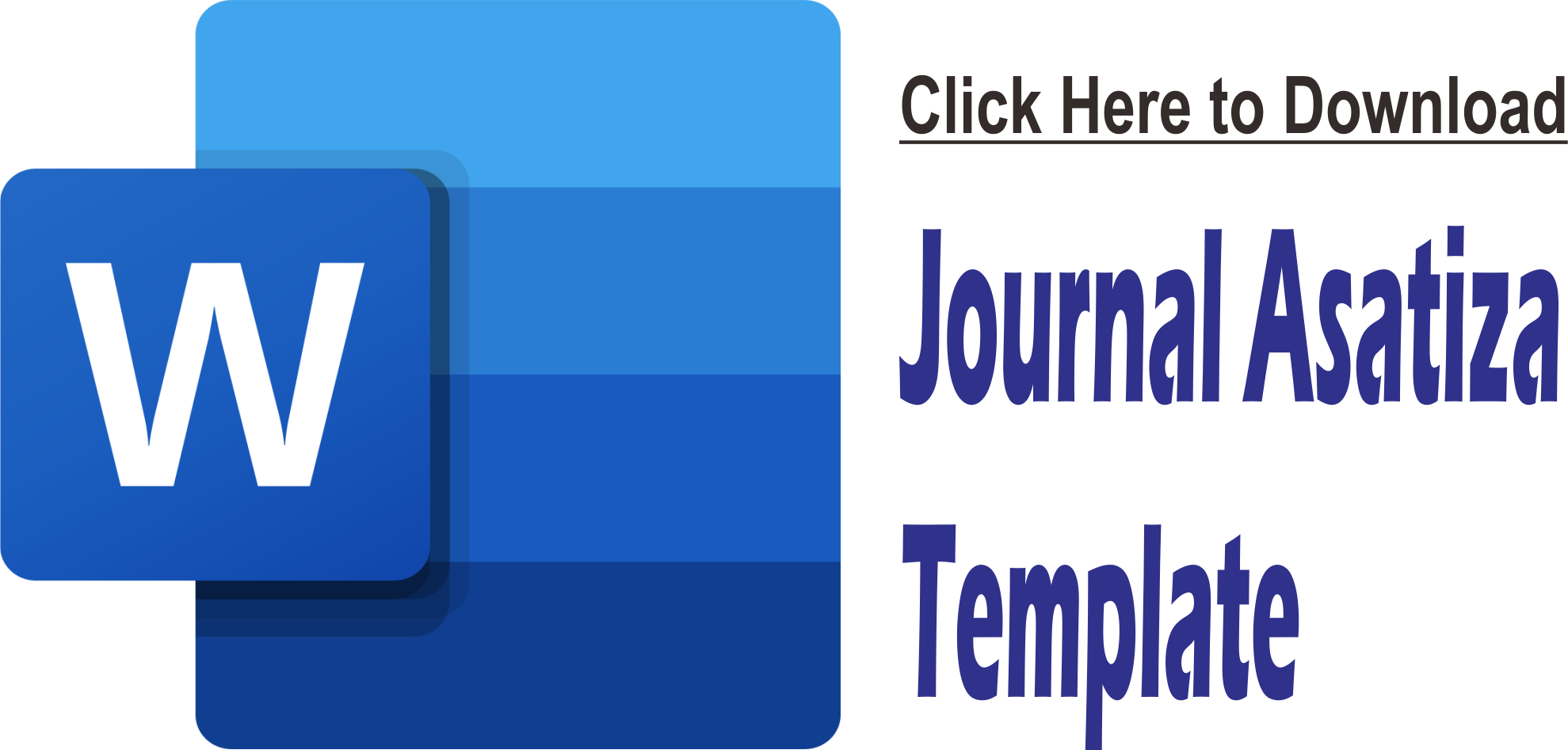
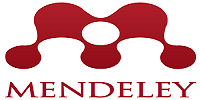
2.png)
